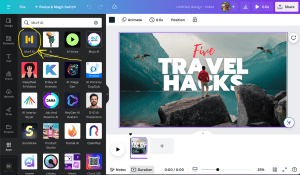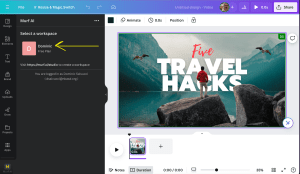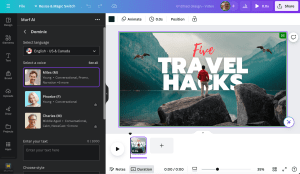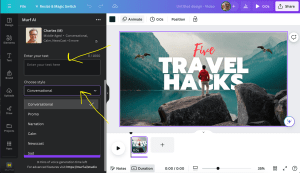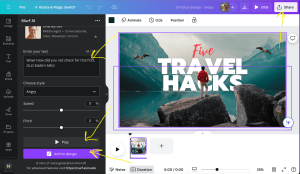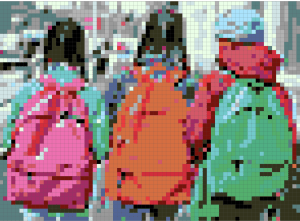AI Chatbots with Students…Dipping My Toe in the Water
So, I have been using various forms of Artifical Intelligence, (AI), for awhile now, mainly as a virtual graduate assistant. I would input data into several programs and ask for various outputs, which I adapted and personalized for my classes. I would sometimes input a lesson and have AI adapt that information to a variety of grade levels for my classes. Taking work that was cumbersome and time consuming and in seconds setting up a framework that I could easily check, fine-tune, and personalize for my classes.
My goal for this year is to roll out AI usage with my students, now is the time. I am using MagicSchool.ai for this process. We just finished up an overview of “Early Cold War Events,” without going deep into any specific topic. I want the students to use their class notes, inquisitiveness, writing skills, and creativity to delve deeper into some of the topics we discussed in class. I am doing this through Chatbots.
Each class will be given a group/class in MagicSchool.ai and and assigned an AI Chatbot which will be given the characteristics of one of the key figures we discussed in class. Those key figures will be leaders involved in events we discussed, I will not get into the specific names at this time.
Today, I modeled the concept with each class on the interactive flatscreen in my room. I asked the class about a key figure from the COld War they would want to have a conversation with, then we proceeded to program the Chatbot. We worked as a team, setting the parameters of the discussion, telling each Chatbot who they were to be, who they were talking to, and what the focus of the discussion would be. I then opted to have AI further refine each prompt. We discussed the prompts as a class and chose which to use, the site giving us a synopis of the changes between our original prompt and the update.
From there the Chatbot was generated. As a class we worked through some questions and discussed the options MagicSchool suggested. we took a variety of paths, not always using the suggestions, creativity and following a thread as in a natural conversation was emphasized. A couple of students asked non-sensical questions, which brought about the discussion of appropriateness and staying on task. Students were told they could ask “fun” questions, on topics that were not necessarily all about global conflicts, but about culture, entertainment, and recreation. It was emphasized to always be APPROPRIATE.
We discussed bias and the need to fact check some points of the conversations we had. Students did understand that the point of view of the character being “role played” by the Chatbot could possibly influence the presentation of the information. I was able to verify most of the information as factual without too much extra research, but students without a depp understanding of the issues may need to fact check through more research.
Tomorrow, each class will be given a different “Person of Interest” to interact with on their own. It wil be experimental since I have not done this with an entire class, each student on their own computer interacting with the Chatbot, so I am interested to see how things go. The goal is to have the students interact with the Chatbots, then save their work to a Google Doc. The next day, they will receive reflection questions to explain their take on the overall exercise, their interactions with the Chatbot, their likes, and dislikes of the exercise.
My Honors US II classes will upload their reflections to their blogs on Edublogs, my regular US II classes will submit their Google Docs to me and I will publish their reflections by posting them to Wakelets and then to the class wiki. I will also reflect on the exercises. This is a work in progress, hopefully it does not collapse or blow up into a mess. My students are good at being patient and working with me on experimental lessons, hopefully things go well tomorrow.

